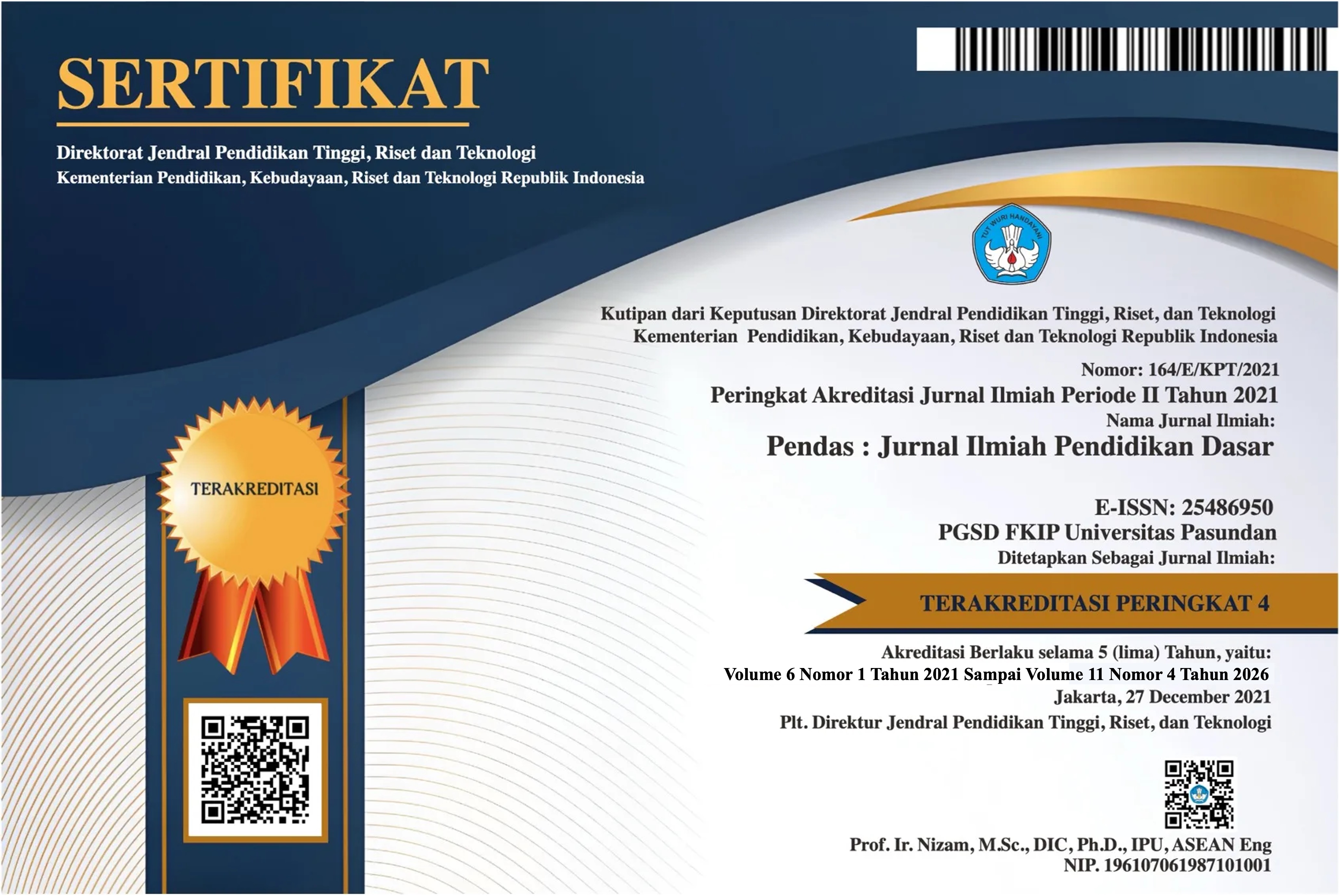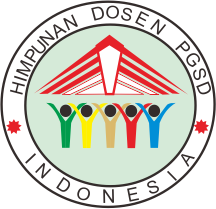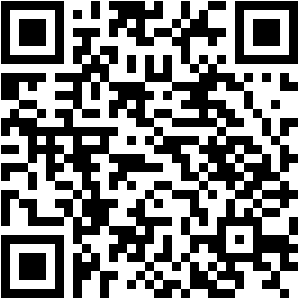TINGKAT KETERCAPAIAN ASPEK KOGNITIF SISWA KELAS VIII MADRASAH TSANAWIYAH AL-ZAYTUN PADA PEMAHAMAN SOAL BAHASA ARAB TAHUN 2025
DOI:
https://doi.org/10.23969/jp.v10i04.35548Keywords:
Keywords: Cognitive aspects, Bloom's revised taxonomy, Arabic language questions, madrasah learningAbstract
This study aims to analyze the Cognitive Aspects of Class VIII Students of Madrasah Tsanawiyah Al-Zaytun in Understanding Arabic Language Questions in 2025 based on Bloom's revised taxonomy (C1-C6). The focus of the study is directed to describe the distribution of students' cognitive abilities at each level of thinking, without testing differences, relationships or influences between variables.Descriptive quantitative approach with observation, test and documentation data collection techniques. The main instrument is an Arabic language test designed to measure the ability of grade VIII students at various cognitive levels from remembering to creating. The population in class VIII students of MTs Al-Zaytun was 405, while the sampletaken amounted to 50 students.The results showed that students had good abilities at low cognitive levels such as remembering (C1) obtained an average success of 86% and in the aspect of understanding (C2) of 82%. The ability to apply (C3) reached 72%, indicating that students were quite capable of applying their knowledge. In the aspect of analyzing (C4), the highest result was obtained with an average of 92% indicating a strong ability to identify information and analyze images. However, at the high cognitive level, namely evaluating (C5) and creating (C6) students' abilities are still low with an average of 53%. This shows that students still have difficulty in making critical assessments and creating new sentences in an assessment manner. This finding identifies that Arabic language learning at the madrasah level still focuses on low-level thinking skills (LOTS), while higher-level thinking skills (HOTS) need to be further developed through question design and creative and applicable teaching strategies.
Keywords: Cognitive aspects, Bloom's revised taxonomy, Arabic language questions, madrasah learning
Downloads
References
Anderson, L. W., & Krathwohl, D. R. (2001). A Taxonomy For Learning, Teaching, And Assessing: A Revision Of Bloom’s Taxonomy Of Educational Objectives: Complete Edition. Addison Wesley Longman, Inc.
Asri, N. (2025). Analisis Soal Bahasa Arab Berbasis Higher Order Thinking Skills (Hots) Dalam Modul Pembelajaran Bahasa Arab Kelas VII Semester Genap. 1. Https://Publisherqu.Com/Index.Php/Psikosospen/Article/View/2553
Faizah, N. A., & Setiyawati, E. (2025). Analisis Kemampuan Kognitif Siswa Sekolah Dasar Berdasarkan Gaya Belajar. Elementary School. Https://Es.Upy.Ac.Id/Index.Php/Es/Article/View/4517
Fathoni, F. (2024). Strategi Pembelajaran Bahasa Arab Yang Inovatif Dalam Menghadapi Tantangan Globalisasi. Khatulistiwa, 5(2), 16–27. Https://Doi.Org/10.69901/Kh.V5i2.281
Hanum, O., Johar, R., & Yusrizal. (2021). Students’ Thinking Process In Solving Higher-Order Thinking (Hot) Problems Through Aptitude Treatment Interaction (Ati) Learning Model. Journal Of Physics: Conference Series, 1882(1), 012086. Https://Doi.Org/10.1088/1742-6596/1882/1/012086
Murdani, M. H., Sukardi, S., & Handayani, N. (2022). Pengaruh Model Problem Based Learning Dan Motivasi Terhadap Hasil Belajar Siswa. Jurnal Ilmiah Profesi Pendidikan, 7(3c), 1745–1753.
Muslimah, M., & Widiyanti, A. (2023). Analisis Daya Beda Tes Hasil Belajar Bahasa Arab Siswa Sma Mamba’ul Hikmah Paron Ngawi. Al-Muarrib Journal Of Arabic Education, 3(2), 67–77.
Mustafidah, H., Suwarsito, S., & Pinandita, T. (2022). Natural Language Processing For Mapping Exam Questions To The Cognitive Process Dimension. International Journal Of Emerging Technologies In Learning (Ijet), 17(13), 4–16. Https://Doi.Org/10.3991/Ijet.V17i13.29095
Ramadhan, A. R., Setiyawan, A., Nasiruddin, N., & Purnama, B. B. (2024). Optimalisasi Pembelajaran Bahasa Arab Melalui Metode Ctl: Pemanfaatan Taksonomi Bloom Dalam Penyusunan Materi Ajar. Edukatif : Jurnal Ilmu Pendidikan; Vol 6, No 6 (2024): December; 6604-6611 ; 2656-8071 ; 2656-8063 ; 10.31004/Edukatif.V6i6. Https://Edukatif.Org/Edukatif/Article/View/7644
Safitri, W. (2021). Pengaruh Penggunaan Media Flashcard Terhadap Hasil Belajar Siswa Pada Mata Pelajaran Bahasa Arab Kelas Ii Di Sdi Integral Luqman Al Hakim 02 Batam. Jurnal As-Said, 1(2), 52–59.
Sari, R. A., & Susanta, A. (2021). Analisis Tingkat Kognitif Soal Buku Matematika Kelas Vii Materi Garis Dan Sudut Berdasarkan Taksonomi Bloom. Https://Siakad.Univamedan.Ac.Id/Ojs/Index.Php/Jmpm/Article/View/157
Simbolon, F., Noer, S. H., & Gunowibowo, P. (2020). Pengaruh Pendekatan Resource Based Leaarning (Rbl) Terhadap Pemahaman Konsep Matematis Siswa. Jurnal Pendidikan Matematika Unila, 8(2), 77–88. http://repository.lppm.unila.ac.id/26225/
Sugiyono, D. (2023). Metode Penelitian Kuantitatif, Kualitatif, Dan R&D.
Syafruddin, L. (2025). Interpretasi Hasil Tes Penilaian Acuan Norma (Pan) Dan Penilaian Acuan Kriteria (Pak) Dalam Evaluasi Pembelajaran Bahasa Arab. 4(2).
Syagif, A. (2024). Teori Beban Kognitif John Sweller Dan Implikasinya Dalam Pembelajaran Bahasa Arab Pada Jenjang Pendidikan Dasar. Fashluna, 5(2), 93–105.n
Buku:
Hasyim, Priyono. (2024). Metode Penelitian Kuantitatif. Pt Literasi Nusantara Abadi Group.
Musthafa, I. (2018). Metodologi Penelitian Bahasa Arab. Pt Remaja Rosdakarya.
Downloads
Published
Issue
Section
License
Copyright (c) 2025 Pendas : Jurnal Ilmiah Pendidikan Dasar

This work is licensed under a Creative Commons Attribution 4.0 International License.


















